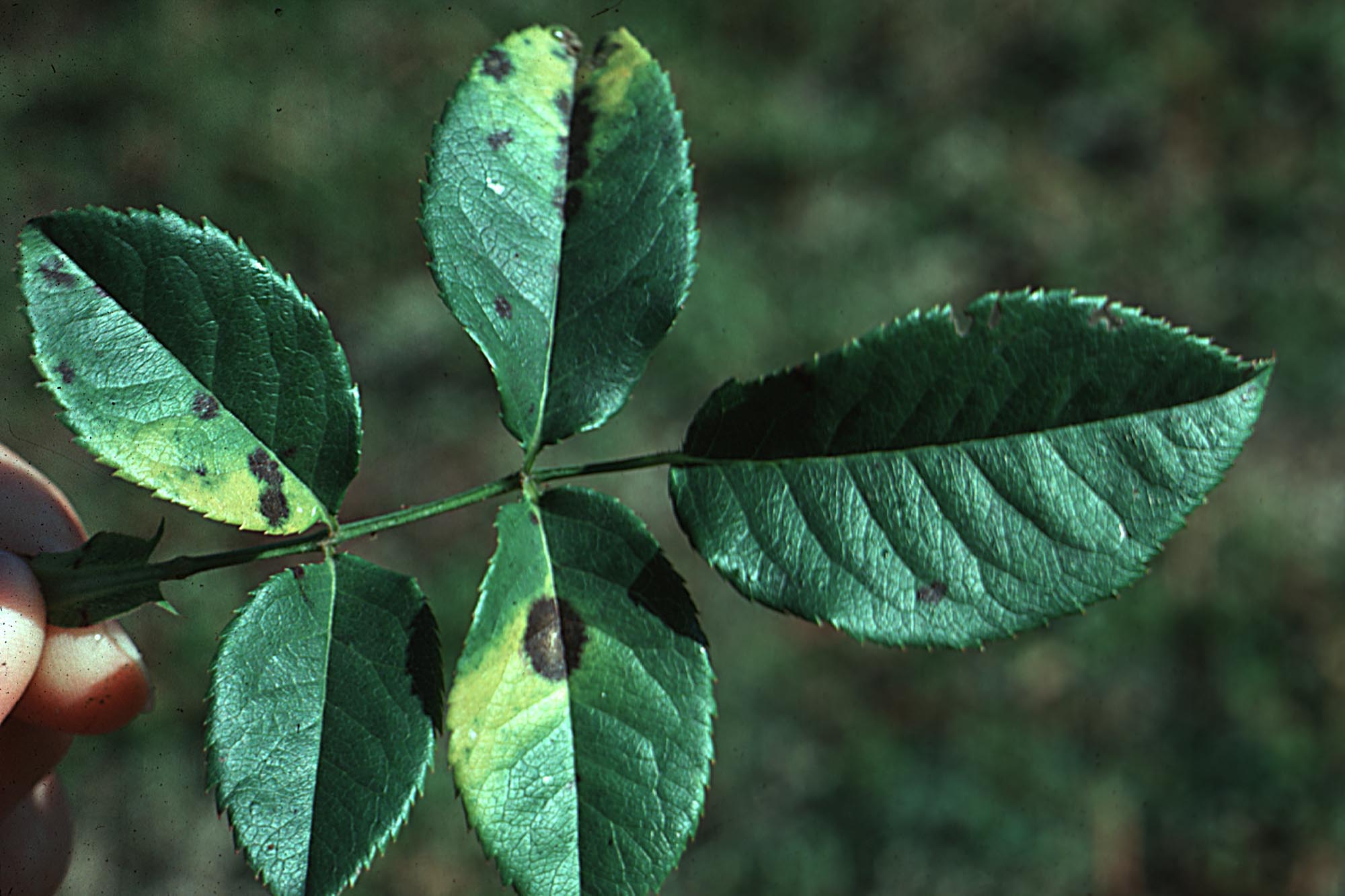How To Save Your Roses From Black Spot

Even though no rose is really black-spot resistant, there are various varieties that oppose the the fungal disease much better than others. A significant number of the new type of landscape roses, (for example, the Knock Out family and the Easy Elegance arrangement) are extraordinary in keeping clean foliage.
Other varieties that have shown good resistance include:
- Bonica
- Carefree Beauty
- Carefree Wonder
- Cuddles
- Playboy
- Simplicity
- The Fairy
- Topaz Jewel
Keep a Clean Garden
Like many fungal diseases, black spot can spread rapidly when diseased leaves fall on the ground. Removing infected leaves before they drop off the plant or right after they fall will help keep the disease from becoming a major outbreak. Clean up all fallen leaves in fall, as well.
Note: Throw infected leaves in the trash instead of composting them to help keep the disease from spreading.
Plant Properly
Still air encourages the disease, so site your roses where air flows freely. Avoid planting your roses too closely together and don’t plant them right up against walls or other structures. Keep your roses pruned so they have a loose, open habit.
Water Sensibly
Wet leaves encourage many kinds of fungal diseases, including black spot. Watering with a soaker hose, which delivers water directly to the roots, will help prevent the disease. (It’ll also save you money because less moisture is lost to evaporation.)
Use a Fungicide
Most fungicides won’t cure black spot once it’s started, but they can do a great job of preventing the disease. So if you use fungicides, it’s important to spray before you see problems. Note: A variety of chemical fungicides work as well as organic, neem-based types.
Black spot spreads fastest in warm, wet weather. Spraying at the start of such a weather cycle can keep the disease from popping up on your plants.
Source: www.bhg.com


